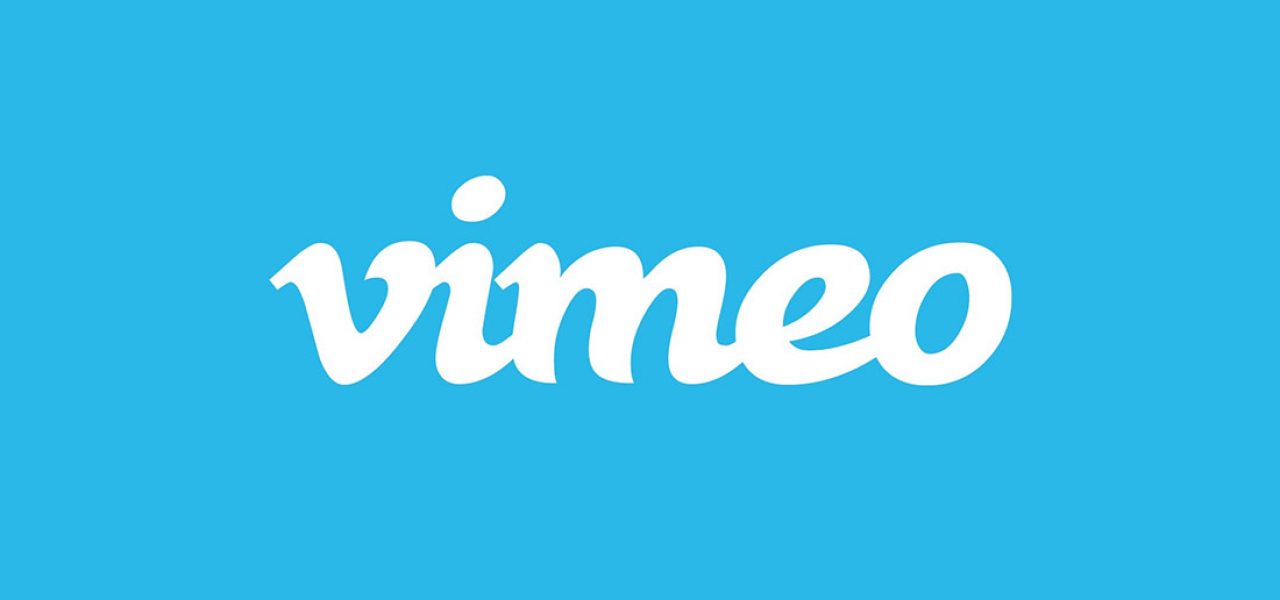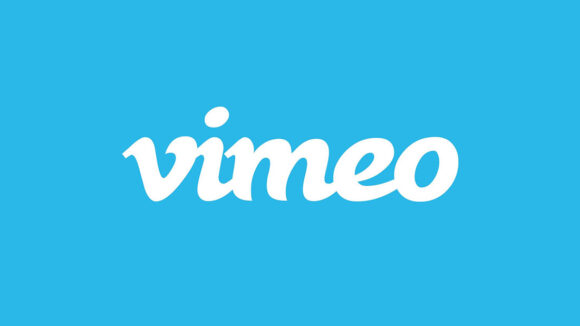

Vimeo Is Changing The Company’s Main Focus From Media To Tech
The fourteen-year-old Vimeo is pivoting from being a streaming platform to tech company, according to an interview with the company’s new CEO Anjali Sud.
The ramifications of this business shift are significant for the independent animation community, which relies heavily on Vimeo as a place to host high-quality versions of its short films and to gain exposure for their works. Though the platform’s significance has waned in the recent years, Vimeo is still well liked for its strong feeling of community and curatorial sensibilities. As the company evolves its overall business plan, it will have to balance its existing video platform, which it says will remain unchanged, with the new services that it is adding.
UPDATE: A Vimeo spokesperson reached out to Cartoon Brew to say that that company is “in no way changing our core offering of hosting & embedding tools. We are doubling down on these types of tools for creators, and Vimeo Stock is another product in service of that (it’s one product feature as part of a larger, creator-focused software platform strategy, which we’ve been doing for over a year now.”

The pivot, according to Axios, is aimed at turning Vimeo’s primary business into a video stock footage company, along the lines of Shutterstock or Getty Images, as well as providing software tools to online video creators. Vimeo’s CEO Anjali Sud says the shift has been in the works for some time, and the company has already stopped investing in original content production, not a particularly big loss since the company didn’t do much of that to begin with. “Today 100% of our business model is software as a service, like a Dropbox or a Slack,” Sud tells Axios. “We just saw so much organic growth from the software tools side among the creators that it became a no-brainer that this is what we should focus on.”
The new stock footage tool, Vimeo Stock, will offer a video library of content that can be licensed. Vimeo Stock will include exclusive content from its creator community, and the company says that it will offer a higher revenue share than other stock footage houses, allowing creators keep 60-70% of generated revenue from their licensed clips, which is around 2x greater than the revenue video creators generally earn from other stock houses.
Additional tools will also be developed for allowing creators to optimize and upload content across a wide range of social media platforms. Speaking of the necessity of such tools, Sud tells Axios: “Most large video-viewing destinations, like Youtube and Facebook, are ad supported, and are focused on keeping content and eyeballs on their platform. But if you’re a creator, you need an agnostic and independent home to create and distribute your work and there really are no other creator platforms that do that at scale.”
While Vimeo’s business shift from a video platform to a software company marks the end of an era, it’s already been clear for some time that filmmakers shouldn’t rely on Vimeo as the primary distribution outlet for their animation content, and instead develop a cross-platform distribution strategy that incorporate Vimeo with other platforms.
Further, Vimeo’s benefit to creators has always been somewhat questionable. It is not a particularly effective platform for building a dedicated audience, making a project go viral, or monetizing video content – three results desired by many independent creators. Now, with the introduction of a new stock footage service, Vimeo is opening up a potentially lucrative new revenue stream for filmmakers that could actually make the site more essential to the film community than ever before.

.png)